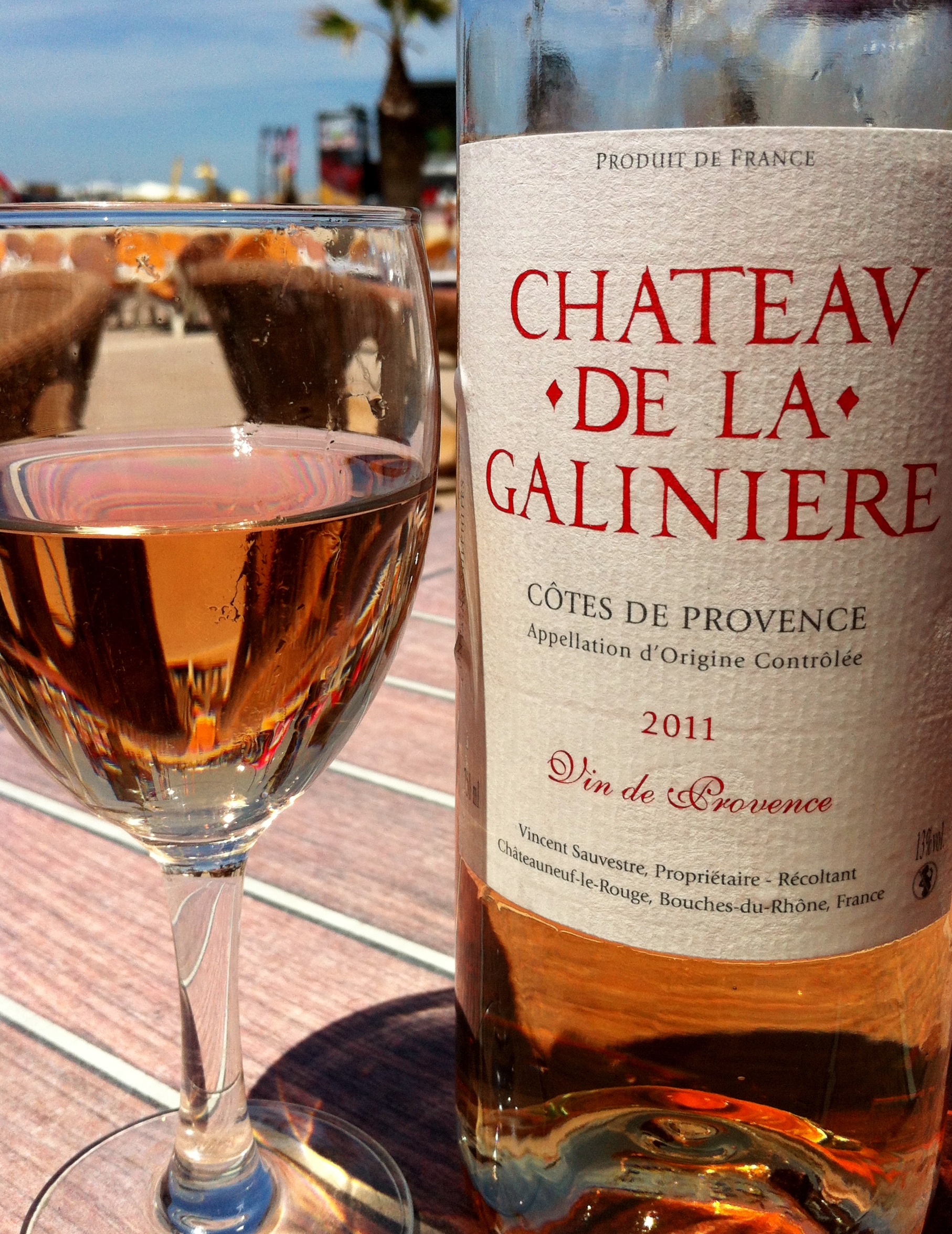PROVENCE
Provence always comes to me as a culinary capital of France with fantastic seafood, truffles, and heavy influence from its Mediterranean neighbors. I would also be remiss if I did not give props to herbs like thyme, sage, rosemary, basil, savory, fennel, marjoram, tarragon, oregano, bay and above all, Lavender. I have never been, but when I think of it, it seems to be the place of my culinary dreams. I have frequently said in a wine cave in Italy, or a wine cellar in Napa, if you had to die, this would be a beautiful place to do so. This is the same way I have always envisioned Provence is, but with food.
What I did not fully imagine, is the same could be true of wine. Duh, a place with good food also finds itself immersed in wine culture as well. In Provence however, it was the wine that came first. This wonderfully beautiful city perched above the Mediterranean, was founded to support, of all things, the wine trade. The Romans planted grapes here in 125BC, and built the city to be able to ship wine back to the motherland. Upon the fall of the Roman empire, there was a time that Provence stops making wine,. Later the church took over production, but it was not until the Mediterranean beauty starts bringing these wonderful creatures called tourists, and the wine industry starts to boom.
The biggest appellation is called Provence AOP. Over 75% of the wine production of the region is Rose'. The wines of this region must be a mix of at least two types of grapes. Those may be chosen from Cinsault, Grenache, Morvedre, Syrah, and a local grape called Tibouren which locals say smells like herbs d' Provence. This herbal scent will often be described as a nose of garrigue. Frequently served in hourglass bottles, these rose wines are good provincial dry pink wines, but are not great wines in a classical sense. However, if you are sitting in a Mediterranean climate with a cold one in your hand, looking at the ocean, well, you could see that it would not suck in any way. It might even make the wine taste fabulous.
Unlike the provincial rose, a wine that is a star is a red wine that comes from Bandol AOP. Bandol does produce rose' wines but the wines to take note of are the REDs. The Bandol red must be a minimum of 50% Mourvedre, a grape that tastes fantastic if you have not had one, but may be paired with up with Grenache, Cinsault as well as less frequently with Syrah and Carignan. Mourvedre is a hard grape to grow very difficult grape to grow as it is susceptible to a lot of pesky agricultural issues. It produces wines that have a lot of character with a high degree of tannins. These wines therefore need time in the barrel and are not able to be released until 18 months of aging, and frequently require much more aging time in the bottle to tame the wild beasts that they are. Speaking of wild beast, you will often hear that these wines are plummy, dense, and frequently are described as smelling like or of animals. YUMMMMMMMMMMM!
Another interesting area of the region is the Coteaux d'Aix-en-Provance AOP and within it the sub-appelation of Baux de Provance AOP. This area is as interesting for its politics as it is for its wine. Vignerons in the area have been trying to mandate organic production but have been unsuccessful in doing so. They make rose, red and recently added the ability to make reds under this AOP. the grapes are as follows: Grenache, Syrah and Cinsault for reds, and Grenache Blanc, Clairette, Cermentino, and Roussanne for the whites. Interestingly, the most famous maker in the area, Les Baux de Provance got impacted by a change in rules in 1995 to insist on Mediterranean grapes only and must bottle its Cabernet under the vin de pays.
Other AOPs in the area include Cassis (75% whites) produces wines in limestone soil from Clairette, Marsane, Ugni blanc and Sauv Blanc. Palette which produces 3 colors in similar quantities. Reds from this area are predominately grenache and Mouvedre and may contain Cinsaut. Whites are at least 55% Clairette, but can include a party of others as well. Finally, Bellet which produces all 3 colors, but its street cred comes from its whites. The settlers here are of Italian decent and they frequently use Vermentino known locally as Rolle.
The geology of Provence is largely sand and sandstone along with granite. Limestone is frequently found in the best vineyards. Additionally it is usually warm in the summer with mild winters with plenty of sun to ripen grapes.

No comments:
Post a Comment